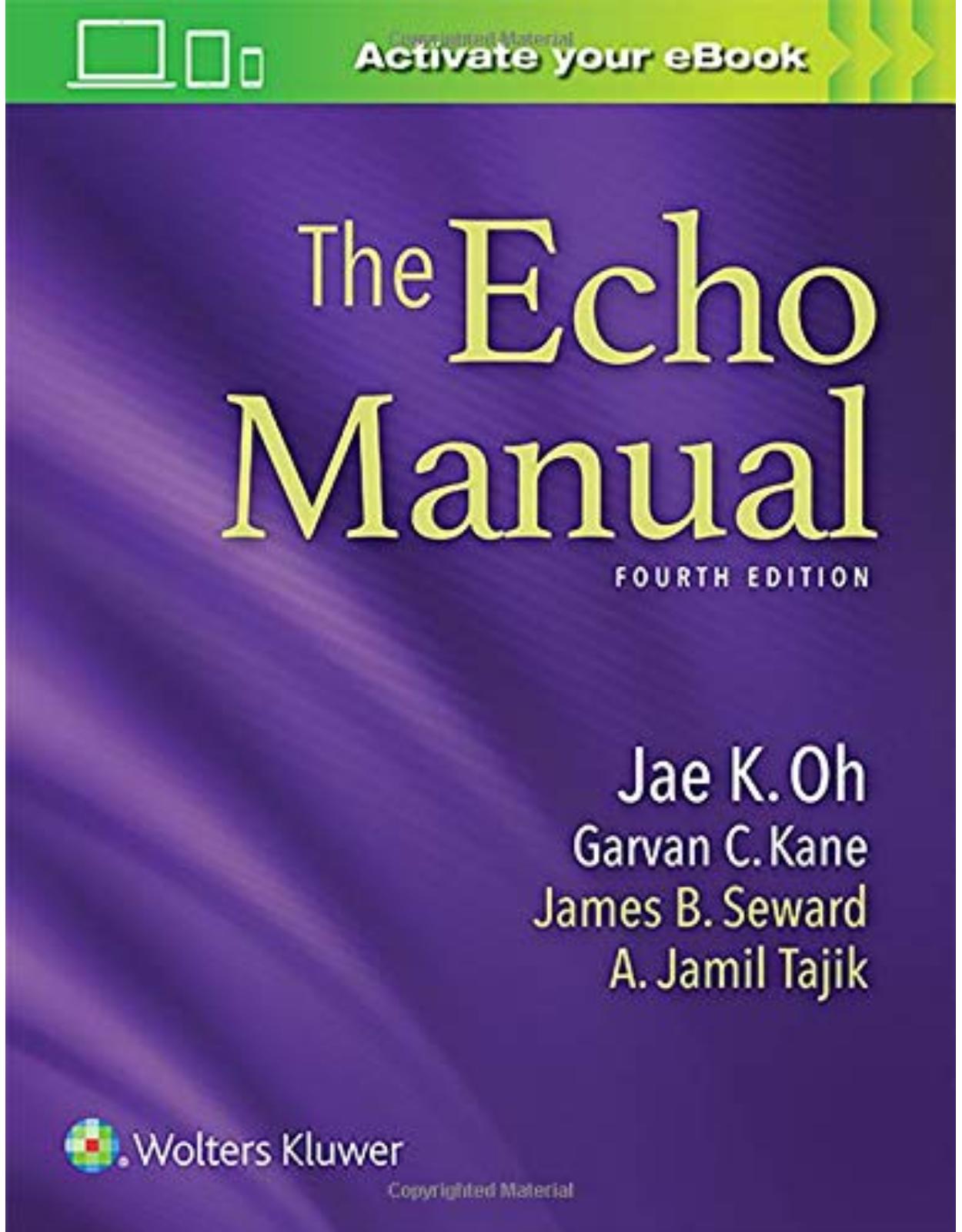
The Echo Manual, 4e
Livrare gratis la comenzi peste 500 RON. Pentru celelalte comenzi livrarea este 20 RON.
Disponibilitate: La comanda in aproximativ 4 saptamani
Autor: Jae K. Oh and Garvan C. Kane
Editura: LWW
Limba: Engleza
Nr. pagini: 528
Coperta: Hardback
Dimensiuni: 21.6 x 3.2 x 28.6 cm
An aparitie: 31 Decembrie 2018
Description:
Publisher's Note: Products purchased from 3rd Party sellers are not guaranteed by the Publisher for quality, authenticity, or access to any online entitlements included with the product. Ideal for residents, fellows, and others who need a comprehensive, clinically focused understanding of echocardiography, The Echo Manual, 4th Edition, has been thoroughly revised with updated information, new chapters, and new video clips online. Written primarily by expert authorities from the Mayo Clinic, this best-selling reference remains a practical guide to the performance, interpretation, and clinical applications of today’s echocardiography.
Table of Contents:
Abbreviations
1: Transthoracic M-mode and Two-Dimensional Echocardiography
Two-Dimensional Echocardiography
Parasternal Position
Apical Position
Subcostal Position
Suprasternal Notch Position
M-Mode Echocardiography
References
2: Transthoracic Three-Dimensional Echocardiography
Introduction
3D Image Acquisition
The Left Ventricle
Validation Against cMRI
Left Ventricular Mass
3D Speckle Tracking Echocardiography
Left Ventricular Shape
The Right Ventricle
Right Ventricular Shape
The Left Atrium
3D Imaging of the Valves
Mitral Stenosis
The Tricuspid Valve
Summary
References
3: Transesophageal Echocardiography
Introduction
Indications
Preparation and Potential Complications
Instrumentation
Training of physicians and the Role of Sonographers
Multiplane Transesophageal Echocardiography Imaging Views
Primary Views
Upper Esophageal Views
Midesophageal Views
Transgastric Views
Caveats
3D Transesophageal Echocardiography: Basic Concepts and Clinical Applications
References
4: Doppler Echocardiography and Color Flow Imaging: Comprehensive Noninvasive Hemodynamic Assessment
Doppler Echocardiography
Pulsed Wave Doppler Echocardiography
Left Ventricular Outflow Tract
Mitral Inflow Velocity at the Tip
Mitral Inflow Velocity at the Mitral Annulus
Pulmonary Vein Velocity
Right Ventricular Outflow Tract
Hepatic Vein
Superior Vena Cava
Descending Thoracic Aorta
Abdominal Aorta
Continuous Wave Doppler Echocardiography
Intracardiac Pressures
RV or Pulmonary Artery Systolic Pressure
Pulmonary Artery Diastolic Pressure
Left Atrial Pressure
Transvalvular And Intracavitary Gradients
Color Flow Imaging
Stroke Volume and Cardiac Output
Pulmonary-Systemic Flow Ratio (QP/QS)
Continuity Equation and Pisa
Regurgitant Volume, Fraction, and Orifice Area
Volumetric Method
Proximal Isovelocity Surface Area (PISA) Method
Pressure Halftime
DP/DT
Resistance
Impedance
Interesting and Challenging Doppler Recordings
References
5: Tissue Doppler and Strain Imaging
Tissue Doppler Imaging
Assessment of Myocardial Relaxation
Evaluation of Regional and Global Systolic Function
Cardiac Time Intervals
Evaluation of Thick Walls
E/e’ as a prognostic tool
2-Dimensional Speckle Tracking Echocardiography (2D-STE)
RV and LV Function
Normal Values
RV Function
LV Function
Hypertrophic Cardiomyopathy
Athlete’s heart
Amyloid Heart Disease: (See Chapter 18)
Myocarditis
Coronary Artery Disease/Ischemia
Hypertension
Chronic Renal Failure
Cardiac Transplant
Cardio-Oncology
Cardiorheumatology
Valvular Heart Disease
Evaluation of Dyssynchrony and Positive response to CRT
Prediction of Clinical Outcome or Ventricular Arrhythmia
LA and 3-D Speckled LV Strain
References
6: Contrast Echocardiography
Agitated Saline Contrast Echocardiography
Evaluation of Shunts
Augmentation of the Doppler Velocity Signal
Miscellaneous Indications for Agitated Saline Contrast Echocardiography
Echocardiogrpahy With Ultrasound Enhancing Agent (UEA)
Contrast Agent–Ultrasound Interaction
Ultrasound Enhancing Agent Administration and Imaging Protocols
Clinical Applications of Contrast Echocardiography
Left Ventricular Opacification and Enhancement of Definition of the Endocardial Border
Off-Label Use of UEA for Myocardial Perfusion Imaging
Safety and Contraindications of Ultrasound Enhancing Agents
Noncardiac Applications of Contrast Ultrasound Imaging
Summary
References
7: Quantification of Left-sided Cardiac Chambers: Mass, Volumes, and Ejection Fraction
Left Ventricular Size and Shape
Left Ventricular Linear Dimensions
Left Ventricular Mass and Geometry
Linear Method of LV Mass
Area-length and Truncated Ellipsoid Methods of LV Mass
Direct Volume-Based Measure of LV Mass
LV Shape
LV Volume Assessment
2D Volumes
3D Volumes
LV Systolic Function
Ejection Fraction
Fractional Shortening
Stroke Volume
Systolic Velocity of Myocardial Tissue or Mitral Annulus (Tissue Doppler and Strain Imaging)
Regional Wall Motion Analysis
Speckle-Tracking Echocardiography
Left Atrial Size and Volume
La Contractility
References
8: Assessment of Diastolic Function
Diastolic Function
Two-Dimensional Echocardiography
Doppler Flow Velocities
Mitral Flow Velocities
Mitral Annulus Velocities
Mitral Inflow Propagation Velocity (Vp)
Pulmonary Vein Flow Velocities
Tricuspid Flow Velocities
Tricuspid Regurgitation Velocity
Hepatic Vein Flow Velocities
Superior Vena Cava Flow Velocities
Cardiac Time Intervals
Index of Myocardial Performance (Tei Index)
Time Interval from the Onset of Mitral Inflow to the Onset of Early Diastolic Mitral Annulus Velocity
Techniques for Diastolic Doppler Parameters
Grading of Diastolic Dysfunction (OR Diastolic Filling Pattern)
ASE/EACVI Recommendation for Diastolic Function Evaluation
Normal Diastolic Filling Pattern
Abnormal Patterns
Strain Imaging for Diastolic Function Assessment
Evaluation of Diastolic Function in Specific Situations
Atrial Fibrillation and Sinus Tachycardia
Hypertrophic Cardiomyopathy
Restrictive Cardiomyopathy Vs Constrictive Pericarditis
Valvular Heart Diseases
Mitral Annulus Calcification
Diastolic Exercise Test
Clinical Applications of Diastolic Function Evaluation
References
9: Right Heart Assessment and Pulmonary Hypertension
Right Atrial Size
Right Ventricle
Right Ventricular Wall Thickness
Right Ventricular Linear Dimensions
Right Ventricular Volumes
Right Ventricular Systolic Function
Longitudinal Measures of Right Ventricular Systolic Function
TAPSE and S′
RV Strain Imaging
Myocardial Performance Index
RV 2D Fractional Area Change
RV 3D Ejection Fraction
Pulmonary Artery Imaging
Pulmonary Veins
Pulmonary Vein Stenosis
Pulmonary Artery Hemodynamics
PA Systolic Pressure
PA Diastolic Pressure
Mean PA Pressure
Caveats In Pulmonary Artery Pressure Calculation
Rvot Doppler Profile
Pulmonary Vascular Resistance
Pulmonary Vascular Capacitance
Determination of Type of Pulmonary Hypertension by Echocardiography
Mitral Inflow Velocity Pattern in Pulmonary Hypertension
Assessing Severity of Pulmonary Hypertension by Echocardiography
Acute Cor Pulmonale and Pulmonary Embolism
Transthoracic Echocardiography
Transesophageal Echocardiography
Echocardiography in Liver Disease
New Treatment for Chronic Thromboembolic Pulmonary Hypertension
References
10: Cardiomyopathies
Dilated Cardiomyopathy
Two-Dimensional Echocardiography
Doppler (Pulsed Wave, Continuous Wave, Tissue Doppler) and Color Flow Imaging
Echocardiography in the Management of Dilated Cardiomyopathy
Hypertrophic Cardiomyopathy
Two-Dimensional and M-Mode Echocardiography
Doppler (Pulsed Wave, Continuous Wave) and Color Flow Imaging
Septal Reduction Therapy
Transesophageal Echocardiography and Three-Dimensional Echocardiography
Caveats
Athlete Heart Versus Hypertrophic Cardiomyopathy
Restrictive Cardiomyopathy
Arrhythmogenic Right Ventricular Dysplasia or Cardiomyopathy
Noncompaction Cardiomyopathy (Isolated Left Ventricular Noncompaction)
References
11: Heart Failure, LVAD, and Transplantation
Algorithm for Using Echocardiography in Heart Failure
Heart Failure with Reduced EF
Heart Failure with Preserved EF
High-Output Heart Failure
Echocardiography In Lvad Recipients—The Cardiac “Chimera”
Continuous LVAD Hemodynamics
The Trade-Off Between Pump Output and Flow Pulsatility
LV and LA Unloading
Aortic Valve Opening Status
Hemodynamic Impact of the LVAD on Right-Sided Chambers
Role of Echocardiography in LVAD Patients
Preoperative Evaluation
Evaluation of the Left Heart Chambers
Right Ventricular Function and TR
Aortic Regurgitation
Patent Foramen Ovale
Postoperative Assessment
Postoperative Evaluation of Left Heart Chambers
Right Ventricular Function and TR
Assessment of Aortic and Mitral Regurgitation
Pump Flow and Total Cardiac Output
Postoperative Instability
Impeller Thrombosis
Cannula Kinking or Obstruction (Fig. 11-15)
Long-Term Echo Considerations in Patients with LVAD
Optimal LVAD Settings—“RAMP Studies”
Assessment of Clinical Deterioration or Abnormal LVAD Parameters Associated with LVAD Dysfunction
Low Forward Cardiac Output and Low Pump Flow with Increased Systolic/Diastolic (S/D) Velocity Ratio
Low Forward Cardiac Output and Low Pump Flow with Low Cannula Flow and Aortic Valve Opening Every Cycle
Low Forward Cardiac Output, Low Pump Flow with Low Cannula Flow and Aortic Valve Permanently Closed
High Pump Flow with Low Forward Cardiac Output
Myocardial Recovery
Heart Transplantation
References
12: Pericardial Diseases
Congenitally Absent Pericardium
Pericardial CYST
Pericardial Effusion and Tamponade
Echocardiographically Guided Pericardiocentesis
Pericardial Effusion Versus Pleural Effusion
Pericardial Fat
Constrictive Pericarditis
Mayo Clinic Diagnostic Criteria for Constriction
Cautions and Caveats in the Diagnosis of Constriction
Differentiation from Restrictive Cardiomyopathy and Other Mimickers
Effusive-Constrictive Pericarditis
Transient Constrictive Pericarditis
Transesophageal Echocardiography
3D Echocardiography in Pericardial Disease
Cardiac CT, MRI, AND Nuclear Imaging
Clinical Impact of Echocardiography on Pericardial Diseases
References
13: Native Valvular Heart Disease
Aortic Stenosis
Two-Dimensional and M-Mode Echocardiography
Doppler Echocardiography
Definition of Severe Aortic Stenosis
Types of Severe Aortic Stenosis
Dobutamine Echocardiography in Low-Flow Low-Gradient Severe Aortic Stenosis
Caveats
What Is Normal LVEF in Aortic Stenosis?
Diastolic Function and Strain Imaging in Aortic Stenosis
Severe Pulmonary Hypertension with Severe Aortic Stenosis
Natural History and Progression of Aortic Stenosis
Role of Exercise in Patients with Aortic Stenosis
Transesophageal Echocardiography
Clinical Implications
Mitral Stenosis
Two-Dimensional and M-Mode Echocardiography
Three-Dimensional Echocardiography
Doppler and Color Flow Imaging
Definition of Mitral Stenosis Severity
Caveats
Exercise Hemodynamics
Transesophageal Echocardiography
Strain Imaging
Tricuspid Stenosis
Pulmonary Stenosis
Aortic Regurgitation
Two-Dimensional and M-Mode Echocardiography
Doppler and Color Flow Imaging
Mitral Regurgitation
The Carpentier Classification
Mitral Valve Prolapse and Flail
Functional Mitral Regurgitation
Semiquantitative Assessment of MR Severity
Volumetric Assessment of MR Severity
Proximal Isovelocity Surface Area (PISA) Method for MR Severity
Simplification of the PISA Method
MR Severity Criteria
Exercise Echocardiography for MR
Transesophageal Echocardiography
Tricuspid Regurgitation
Two-Dimensional and M-Mode Echocardiography
Doppler and Color Flow Imaging
Pulmonary Regurgitation
Timing of Surgery for Valvular Disease
References
14: Prosthetic Valve Evaluation
Two-Dimensional Echocardiography
Doppler Echocardiography
Timing of Echocardiography after Implantation
Obstruction
Prosthesis-Patient Mismatch
Calculation of Prosthetic Effective Orifice Area
Thrombolytic Therapy for Prosthetic Valve Obstruction
Anticoagulation and Antiplatelet Therapy for Prosthetic Valves
Regurgitation
Transesophageal Echocardiography
Hemolysis After Mitral Valve Repair or Replacement
Clinical Impact
Caveats
Transcatheter Valve Replacement
References
15: Infective Endocarditis
Predisposing Conditions and Clinical Presentation
Diagnosis of Infective Endocarditis
Echocardiographic Imaging
Vegetation
Local Valvular Destruction
Perivalvular Extension of Infection
Embolism
Approach to Echocardiographic Imaging
References
16: Stress Echocardiography
Historical Perspective
Applications
Indication
Mayo Clinic Experience
The Stress Echo Team
Safety
Image Acquisition
Image Interpretation
Exercise Echocardiography
Dobutamine Stress Echocardiography
Dobutamine/Pacing Stress Echocardiography
Dipyridamole Stress Echocardiography
Diagnostic Accuracy
Hypertensive Blood Pressure Response During Stress Echo
Assessment of Myocardial Viability
Diastolic Stress Echocardiography
Hemodynamic Supine Bike for Valvular Heart Diseases
Hypertrophic Cardiomyopathy
Dobutamine Echo For Low-Flow, Low-Gradient Aortic Stenosis
Risk Stratification
Recent Advances and Future Directions
References
17: Coronary Artery Disease, Acute Myocardial Infarction, Takotsubo Syndrome
Evaluation of Chest Pain Syndrome
Acute Myocardial Infarction
Infarct Size and LV Remodeling
MI Complications and Cardiogenic Shock
Right Ventricular Infarct
Ventricular Septal Rupture
Papillary Muscle Rupture
Secondary Functional Mitral Regurgitation
Acute Dynamic Left Ventricular Outflow Tract Obstruction
True Ventricular Aneurysm and Thrombus
Free Wall Rupture and Pseudoaneurysm
Pericardial Effusion and Tamponade
Acute Myocardial Infarction with Normal Coronary Arteries, Including “Takotsubo” or Apical Ballooning Syndrome
Diastolic Function in CAD
Risk Stratification
Evaluation of the Coronary Arteries and Flow Reserve
References
18: Cardiac Diseases Due to Systemic Illness, Genetics, or Medication
Infiltrative Disorders
Amyloidosis
Sarcoidosis
Endocrine Disorders
Thyroid disease
Carcinoid
Pheochromocytoma
Inflammatory Diseases
Ankylosing Spondylitis
Behçet Disease
Rheumatoid Arthritis
Systemic Lupus Erythematosus
Systemic Sclerosis (Scleroderma)
Giant Cell Arteritis
Granulomatosis with Polyangiitis
Churg-Strauss Syndrome
Hereditary—Connective Tissue Disease
Marfan Syndrome
Ehlers-Danlos syndrome—Type IV
Loeys-Dietz Syndrome
Hereditary—Neuromuscular Diseases
Duchenne Muscular Dystrophy
Friedreich Ataxia
Storage Diseases
Fabry Disease
Hemochromatosis
Infectious Diseases and the Heart
Sepsis
Human Immunodeficiency Virus
Chagas Disease
Diseases Secondary to Systemic Therapies
Drug-Induced Cardiac Diseases
Radiation-Induced Cardiac Diseases
Miscellaneous Systemic Diseases
Hypereosinophilic Syndrome
Renal Failure
Liver Disease
References
19: Cardiac Tumors and Masses
Neoplasms
Myxoma
Fibroma
Rhabdomyoma
Paraganglioma
Malignant Tumors of the Heart
Nonneoplastic Masses
Papillary Fibroelastoma
Hamartoma of Mature Cardiac Myocytes
Thrombus
Others
References
20: Diseases of the Aorta
Aortic Aneurysm
Thoracic Aortic Aneurysm
Sinus of Valsalva Aneurysm
Abdominal Aortic Aneurysm
Aortic Atherosclerosis
Acute Aortic Syndromes
Aortic Dissection
Treatment
Penetrating Aortic Ulcer
Aortic Intramural Hematoma
Incomplete Aortic Rupture
Aortitis
Aortic Tumor and Mass
Coarctation of the Aorta
References
21: Congenital Heart Disease
Segmental Approach to Congenital Heart Defects
Image Orientation in Congenital Heart Defects
Clinical Presentations of Congenital Heart Defects
Prenatal and Neonatal
Pediatric and Adult Presentations of Congenital Heart Disease
Malformations Associated with Shunt Physiology
Atrial Septal Defects
Atrioventricular Septal Defects—Complete and Partial Forms
Ventricular Septal Defects
Anomalous Pulmonary Venous Connections
Anomalous Systemic Veins
Patent Ductus Arteriosus
Obstruction to Blood Flow
Coarctation of the Aorta
Ventricular Outflow Tract Obstruction
Coronary Artery Fistulae
Complex Congenital Cardiac Malformations
Ebstein Anomaly
Tetralogy of Fallot
Complete Transposition of the Great Arteries
Congenitally Corrected Transposition of the Great Arteries
Univentricular Atrioventricular Connections
References
22: Interventional Echocardiography
Interventional Echocardiography and Structural Heart Disease
Interventional Echocardiography: Basic Principles
Radiation Safety
Transcatheter Aortic Valve Replacement
Preprocedure Echocardiographic Evaluation
Intraprocedural Echocardiography
TEE Guidance of Transseptal Puncture
Transcatheter Closure of Prosthetic Valve Paravalvular Regurgitation
Baseline Echocardiographic Assessment of PVR
TEE Localization of Mitral PVR or Periprosthetic Leak
Procedural Imaging for PVR Closure
Transcatheter Edge-to-Edge Mitral Valve Repair
Preprocedure Imaging for Edge-to-Edge TMVR
Procedural Imaging for Edge-to-Edge TMVR
Transcatheter Mitral Valve Replacement
Transcatheter Left Atrial Appendage Occlusion
Preprocedural Assessment for LAA Occlusion
Procedural Guidance During LAA Occlusion
Echocardiographic Follow-Up Imaging Postimplant
References
23: Adult Intraoperative Echocardiography
IOTEE Importance in Cardiac Surgery
IOTEE Importance in Noncardiac Surgery
IOTEE Implementation in Cardiac Surgery
General Considerations
Aortic Stenosis
Aortic Regurgitation
Tricuspid Regurgitation
Mitral Valve Regurgitation
Mitral Valve Repair
Mitral Valve Replacement
Hypertrophic Cardiomyopathy
Conclusion
References
24: Intracardiac and Intravascular Ultrasound
Intracardiac Echocardiography
Detailed Description of ICE Examination
Three- and Four-Dimensional Intracardiac Echocardiography
Applications of Intracardiac Echocardiography
Electrophysiology Procedures
Device Closure Procedures
Paravalvular Leak
Other Applications
Intravascular Ultrasound (IVUS)
References
25: Vascular Tonometry and Imaging for Cardiovascular Risk Assessment
Arterial Tonometry
Aortic Pulse Wave Velocity
Central (Aortic) Blood Pressure
Ultrasound
Carotid Ultrasound for Intima-Media Thickness and Plaque
Brachial Artery Reactivity Testing
Conclusions
References
26: Handheld Cardiac and Point-of-Care Ultrasound
Introduction
Terminology
Historical Development
Current Models
Diagnostic Capabilities
Operator Experience
Diagnostic Strengths
Diagnostic Limitations
Handheld Cardiac Ultrasound as an Extension of the Physical Examination
Point-of-Care Lung Ultrasound
Point-of-Care Ultrasound in Critical Care
Handheld Cardiac Ultrasound in Medical Education
Appropriate Use
Conclusions
References
27: Physics of Ultrasound
Ultrasound Physics
Ultrasound Imaging Systems and Controls
Imaging Artifacts
Echocardiographic Examination
Digital Echocardiography
Echocardiography Report
References
28: The Future of Echocardiography
General Aspects
The Future of Echocardiography in Ischemic Heart Disease
Assessment of Left Ventricle Function and Geometry Using 3DE
Hybrid Imaging with Coronary Tomography and 3D Speckle-Tracking Stress Echocardiography Fusion
The Future of Echocardiography in Valvular Heart Disease
Echocardiography in the Assessment of Valve Stenosis
Echocardiography in the Assessment of Valve Regurgitation
Repercussion of Valve Lesions on Cardiac Function
Semiautomated Valve Software Analysis
The Future of Echocardiography in Structural Heart Disease Interventions
Percutaneous Closure of Interatrial Shunts
Left Atrial Appendage Closure
Percutaneous Closure of Paravalvular Leakages
Transcatheter Aortic Valve Replacement
Percutaneous Mitral Valve Repair
Other Future Perspectives
Hypertrophic Cardiomyopathy
Flow Visualization through Echocardiography
Conclusions/Final Remarks
References
29: Artificial Intelligence and Echocardiography: Current Status and Future Directions
Learning and Validation
Limitations of AI Systems
AI-Guided Examination
Image Analysis
Echocardiographic Measurements
Comprehensive Echocardiography Reporting Using AI
AI-Enhanced Echo Reading
Future Directions
Conclusions
References
Appendix
Index
| An aparitie | 31 Decembrie 2018 |
| Autor | Jae K. Oh and Garvan C. Kane |
| Dimensiuni | 21.6 x 3.2 x 28.6 cm |
| Editura | LWW |
| Format | Hardback |
| ISBN | 9781496312198 |
| Limba | Engleza |
| Nr pag | 528 |

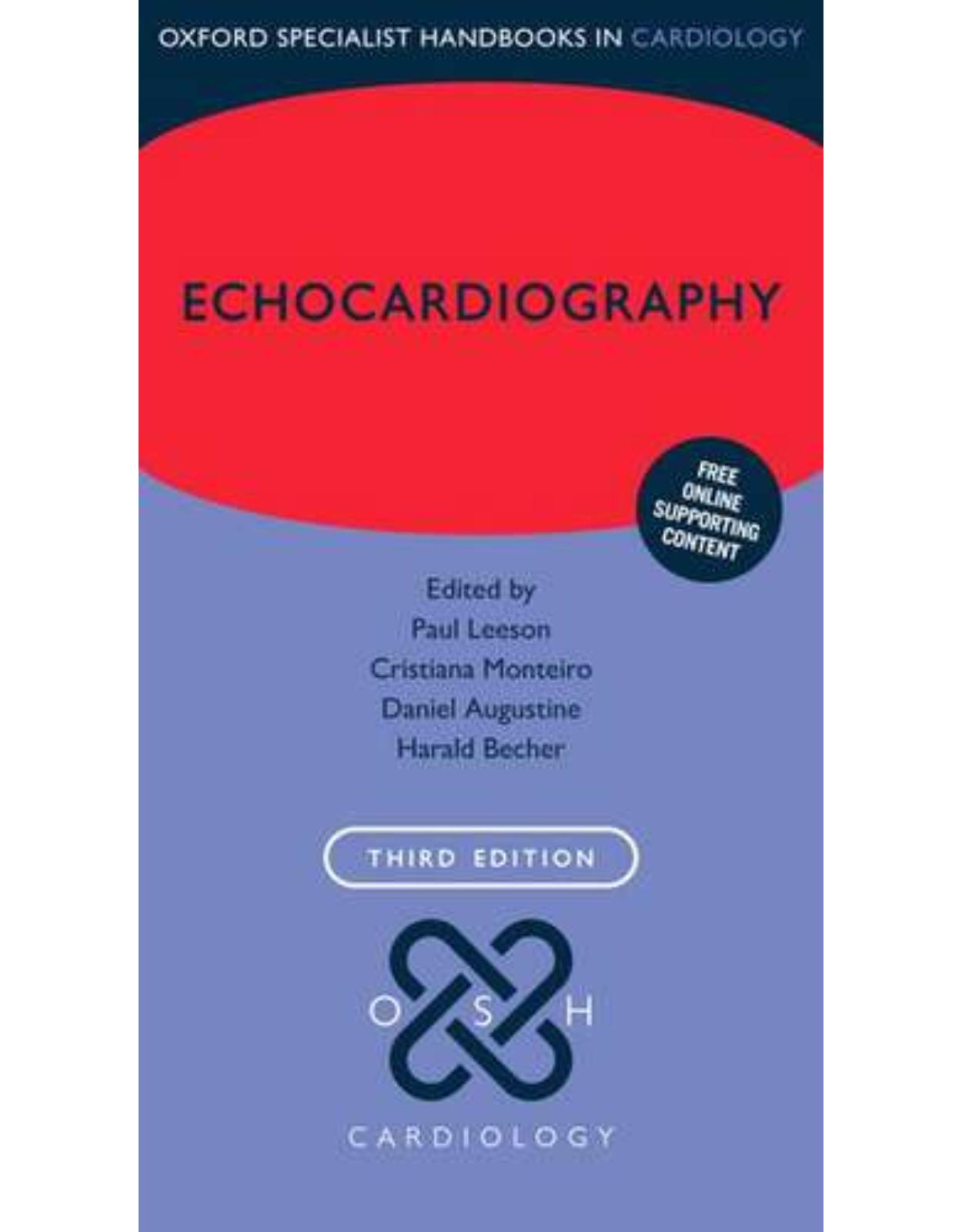
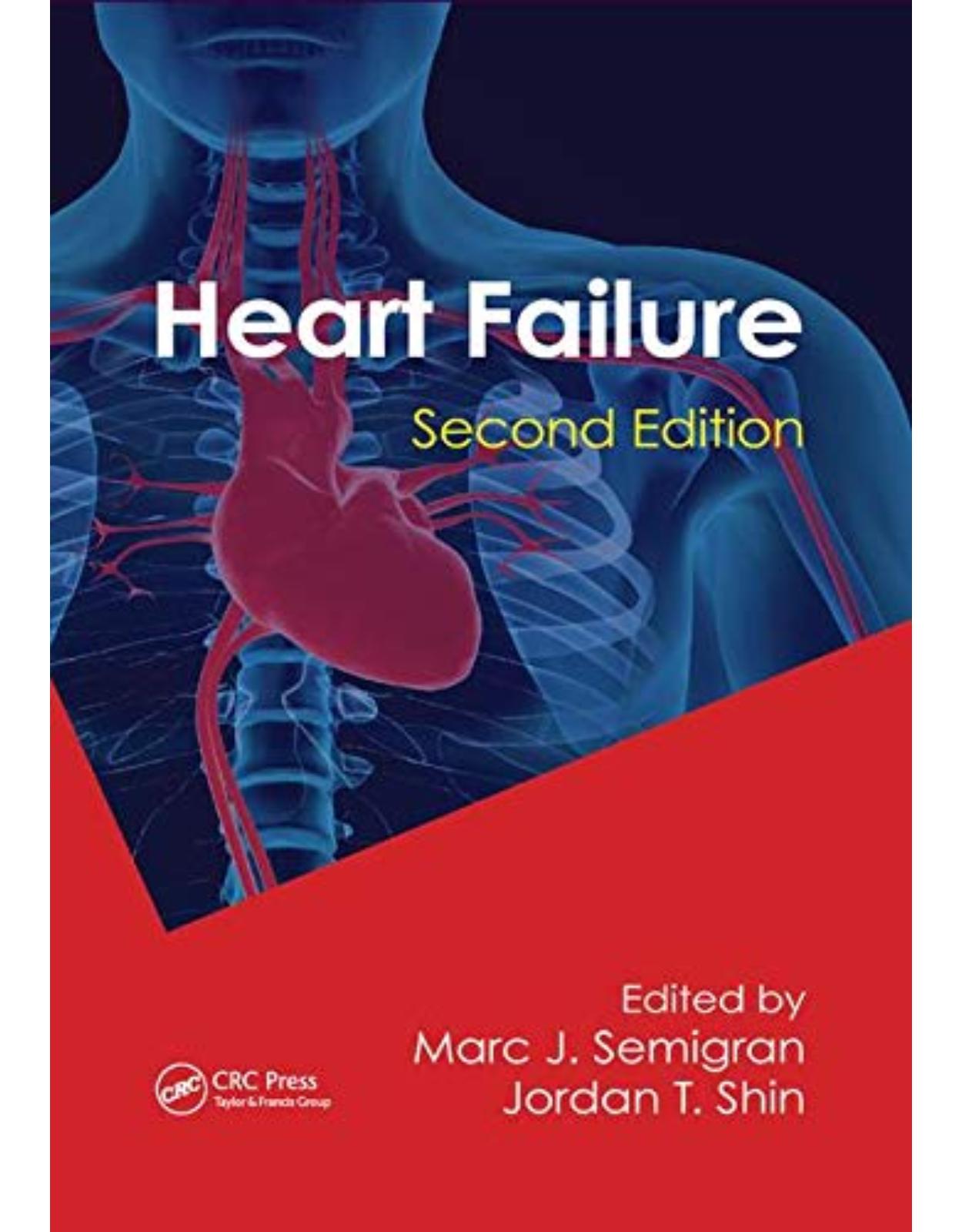
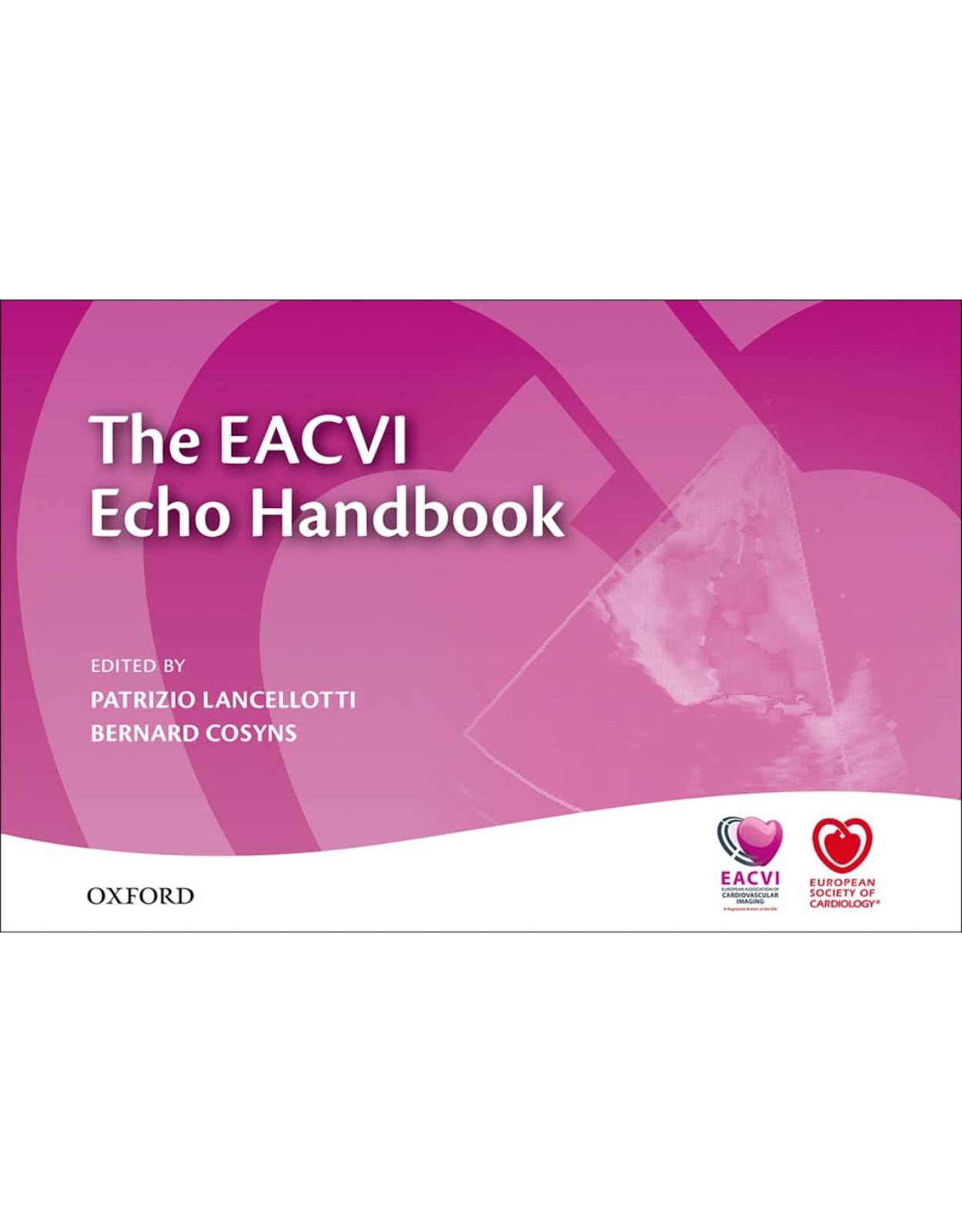
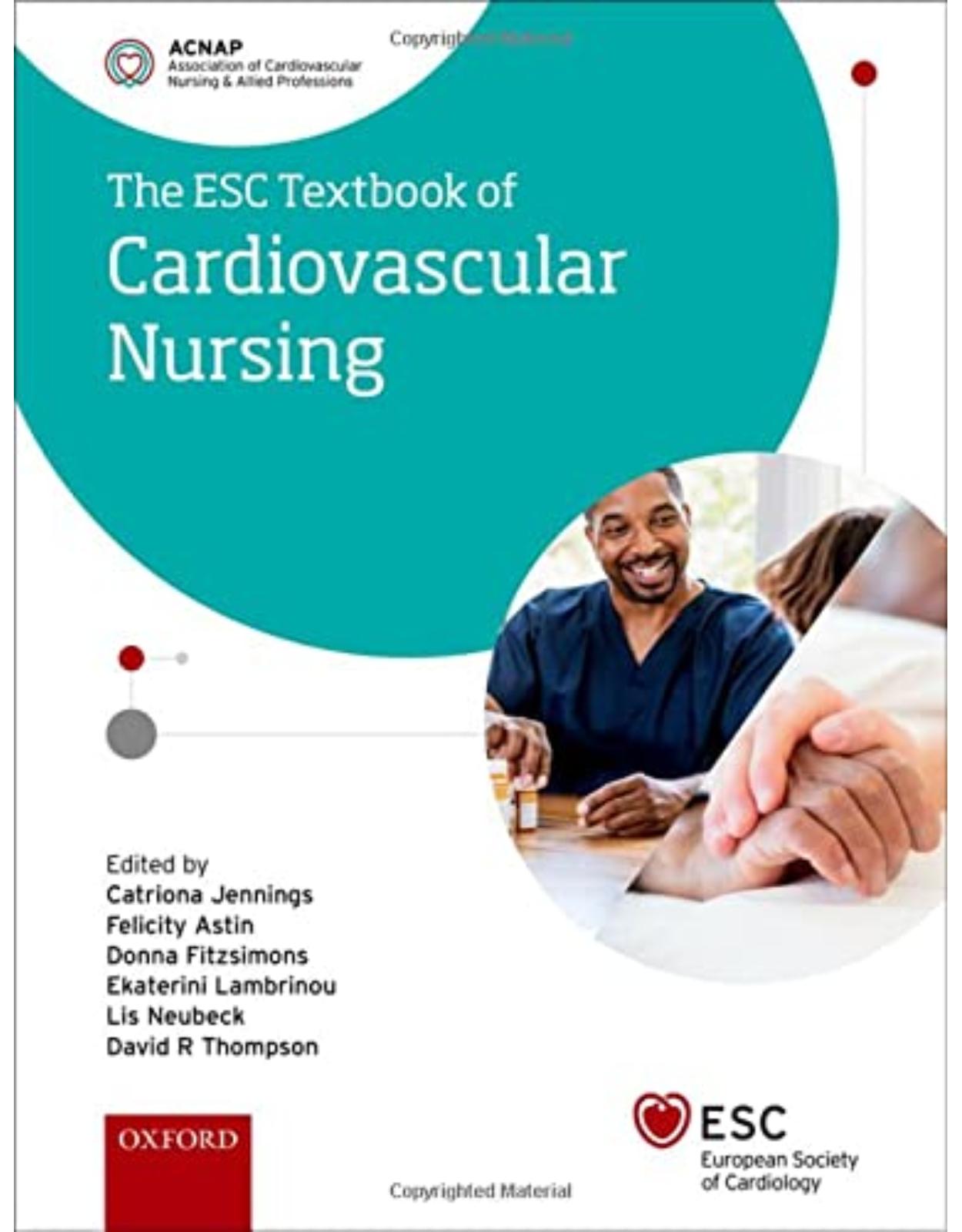
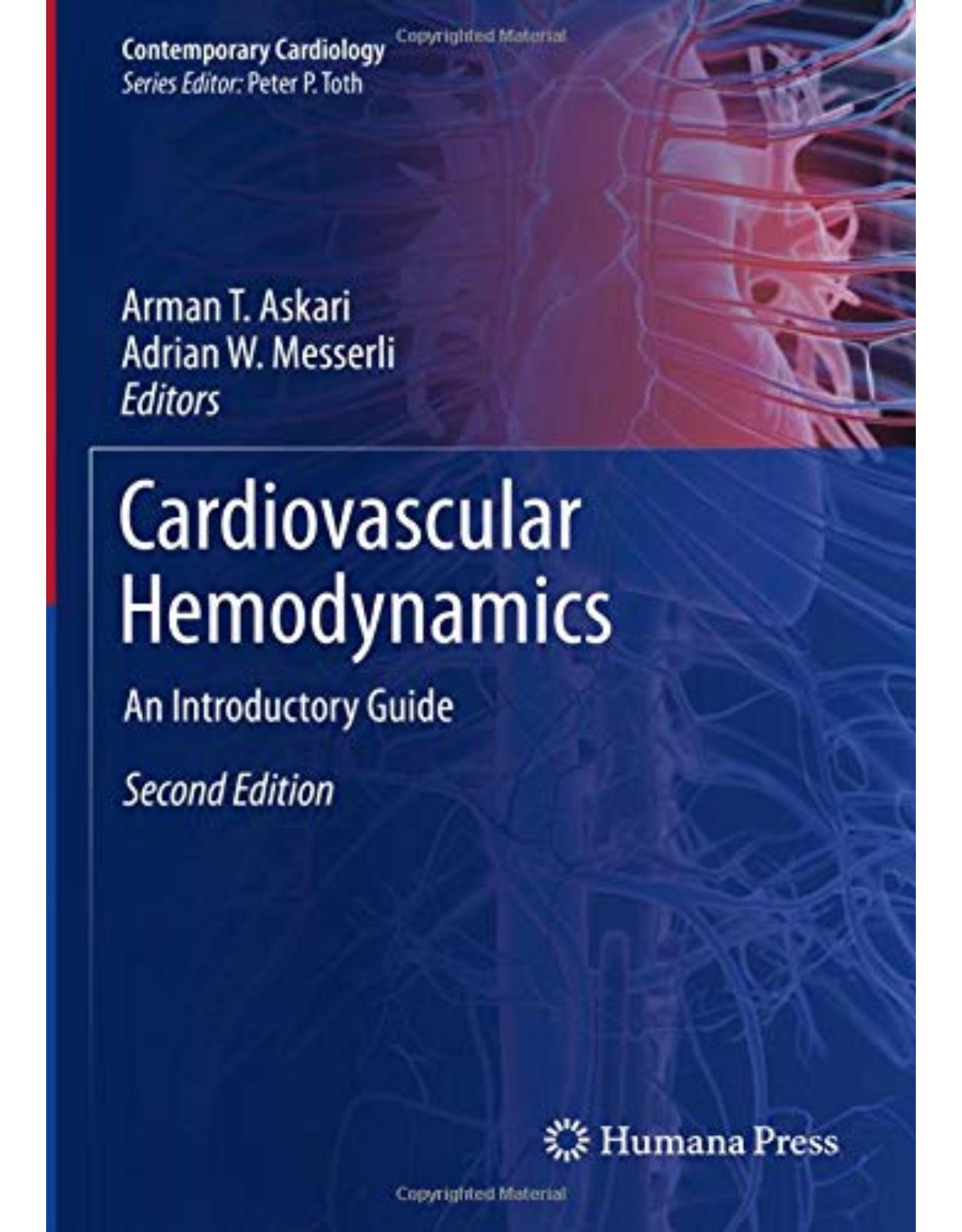
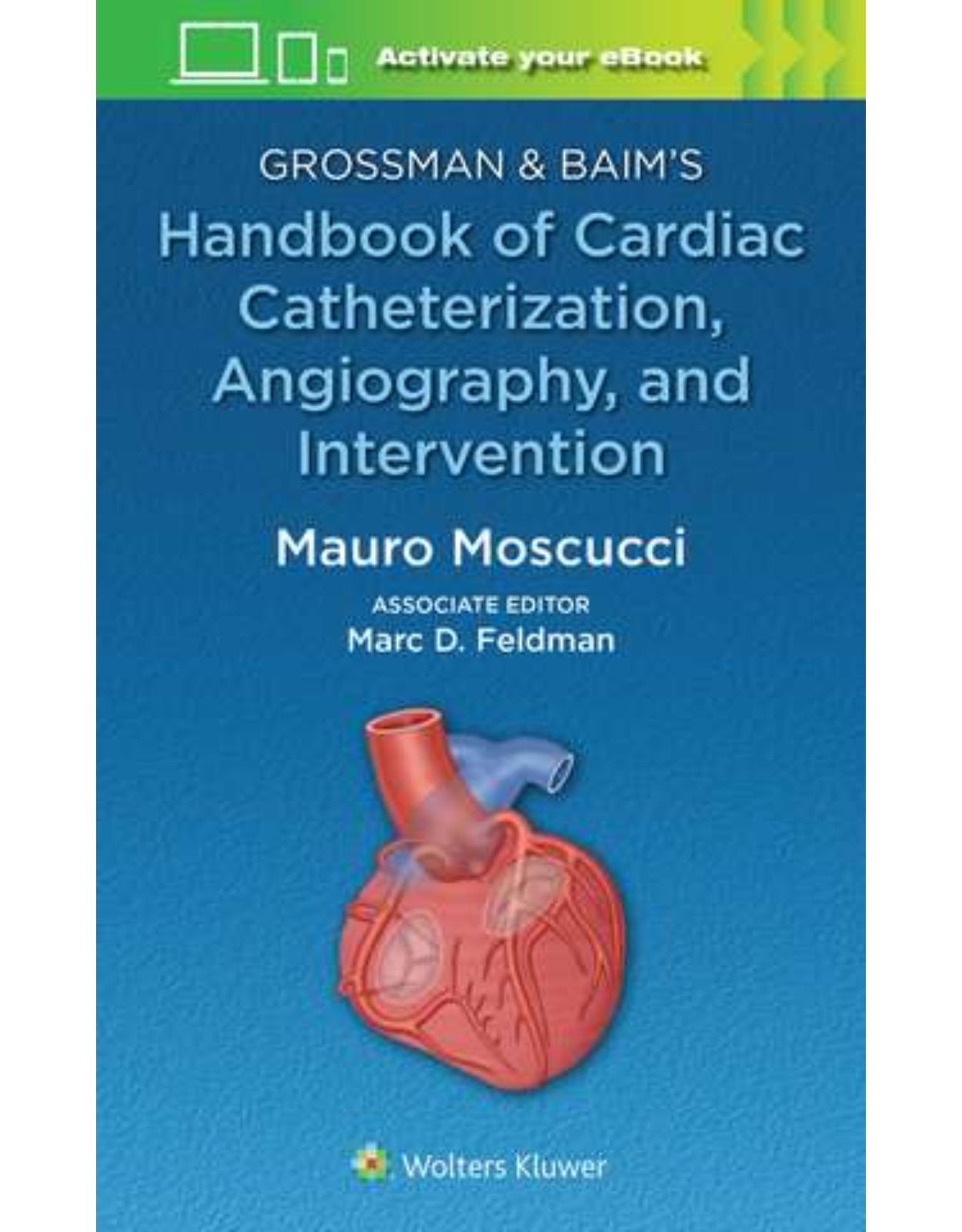
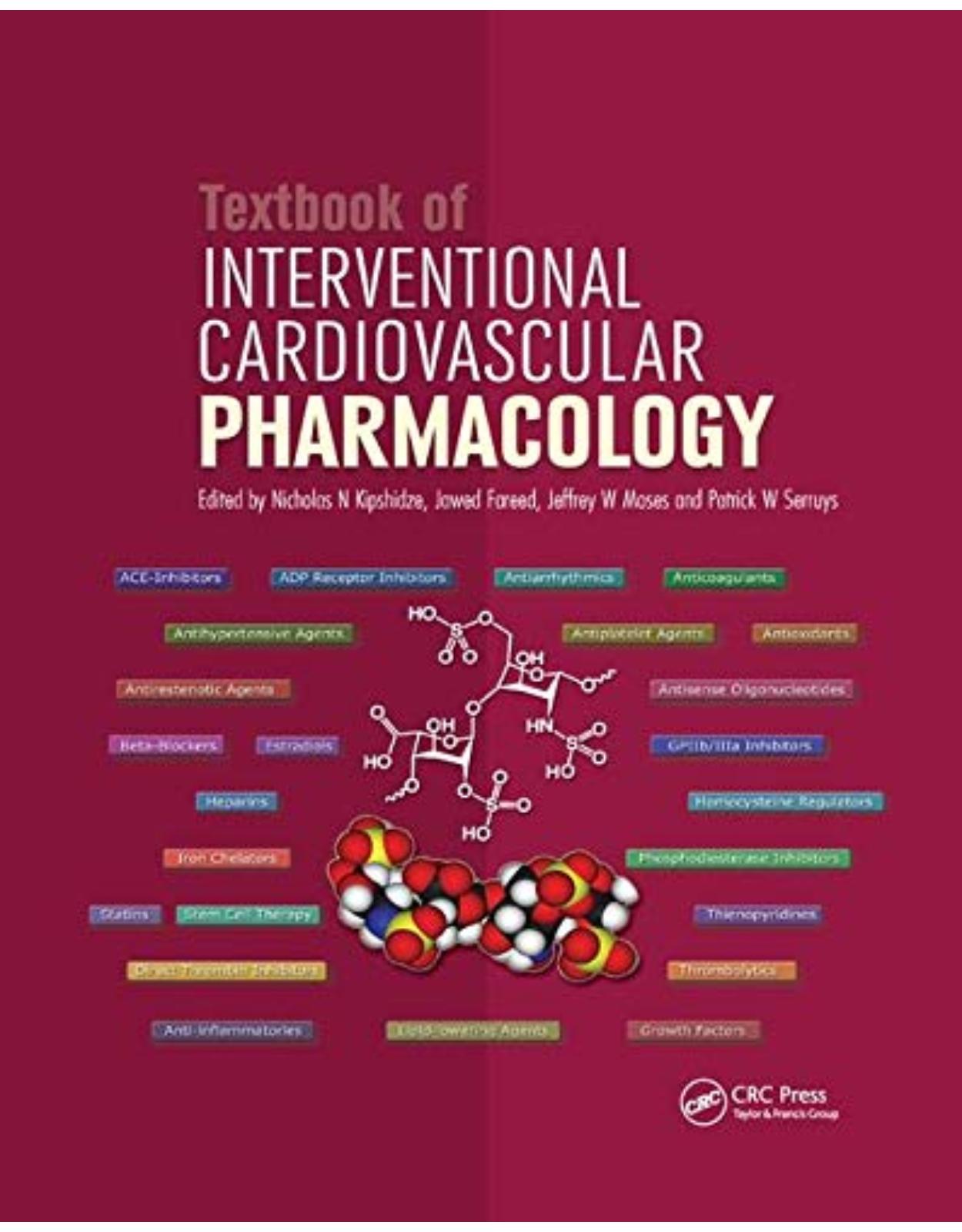
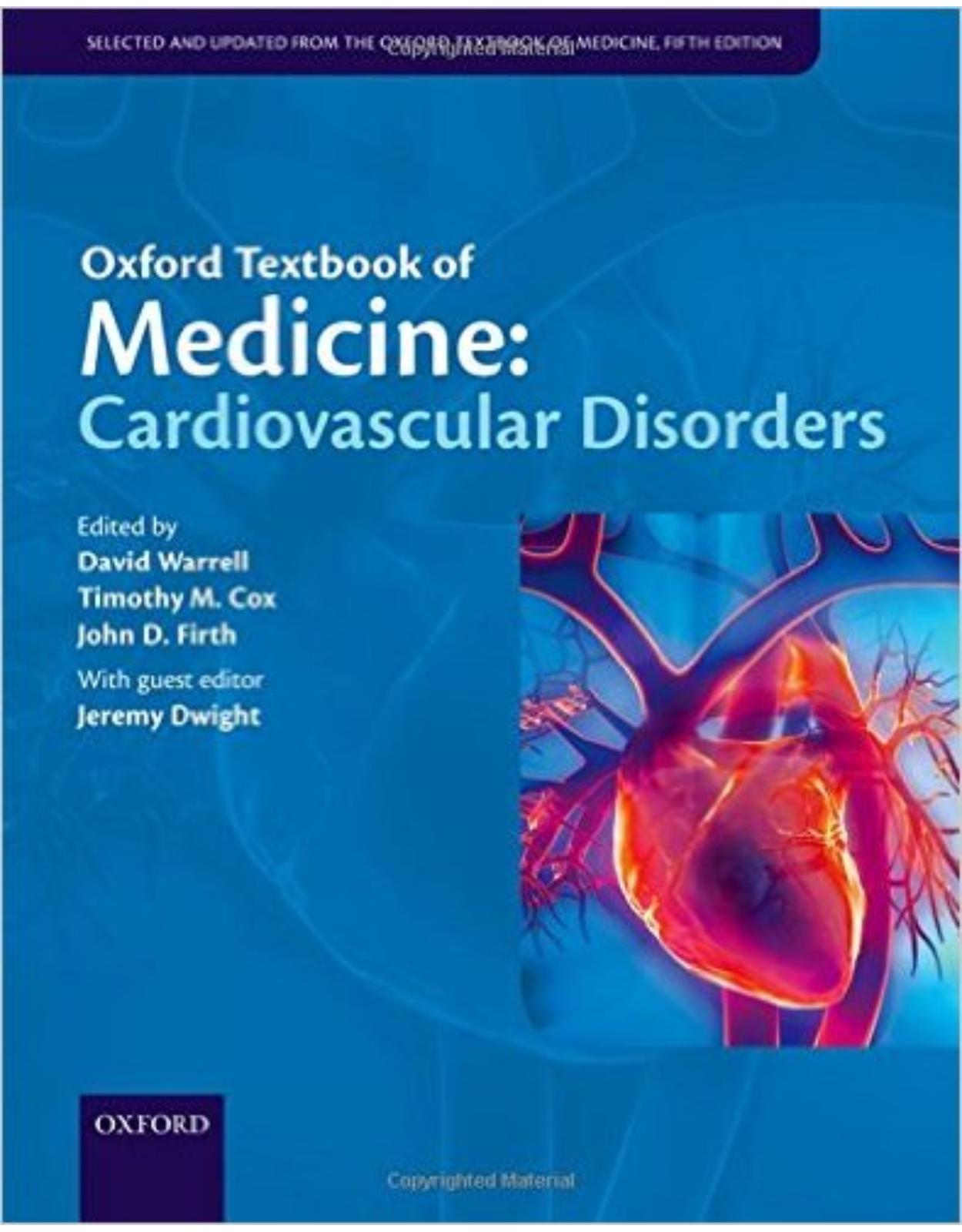
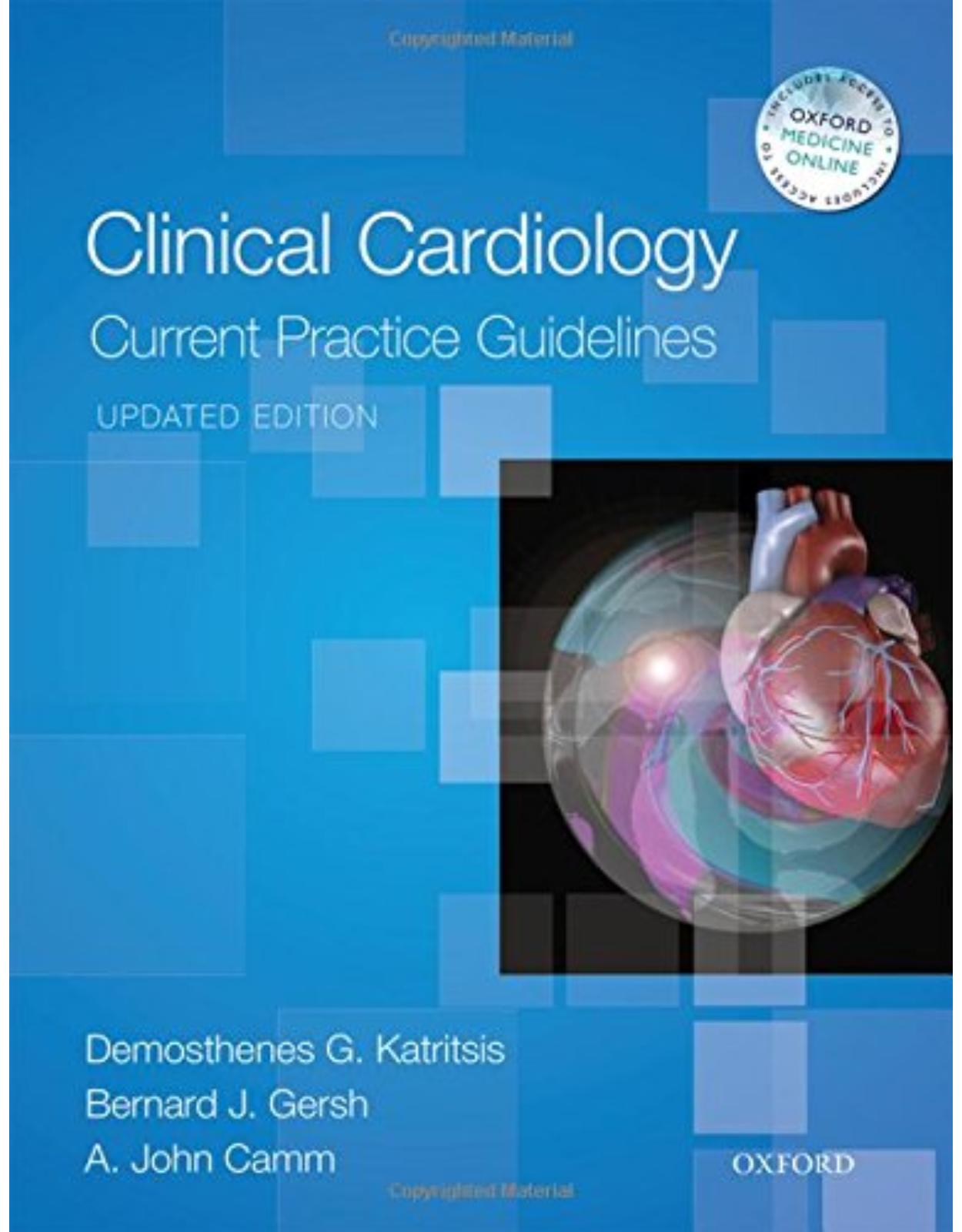
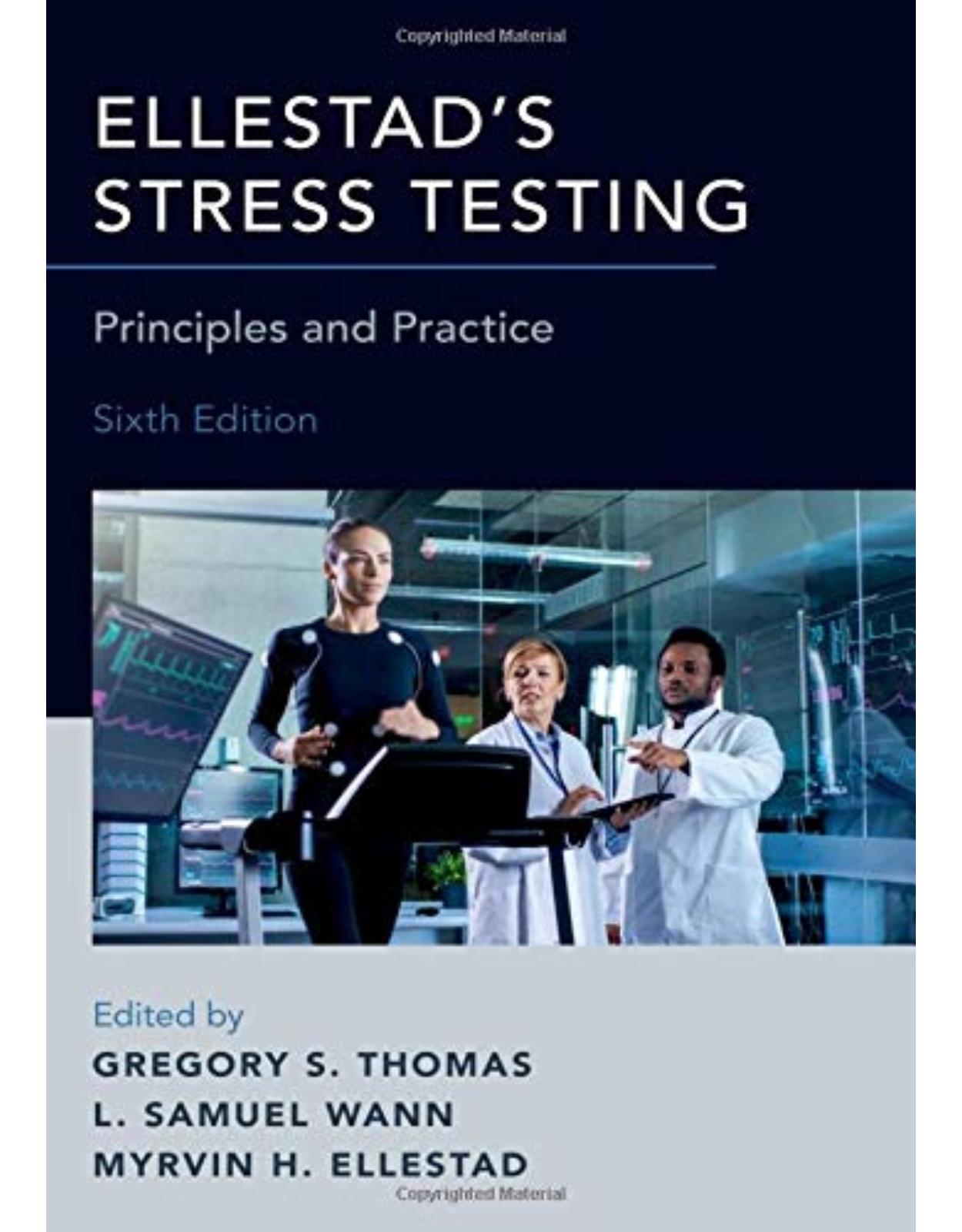

Clientii ebookshop.ro nu au adaugat inca opinii pentru acest produs. Fii primul care adauga o parere, folosind formularul de mai jos.